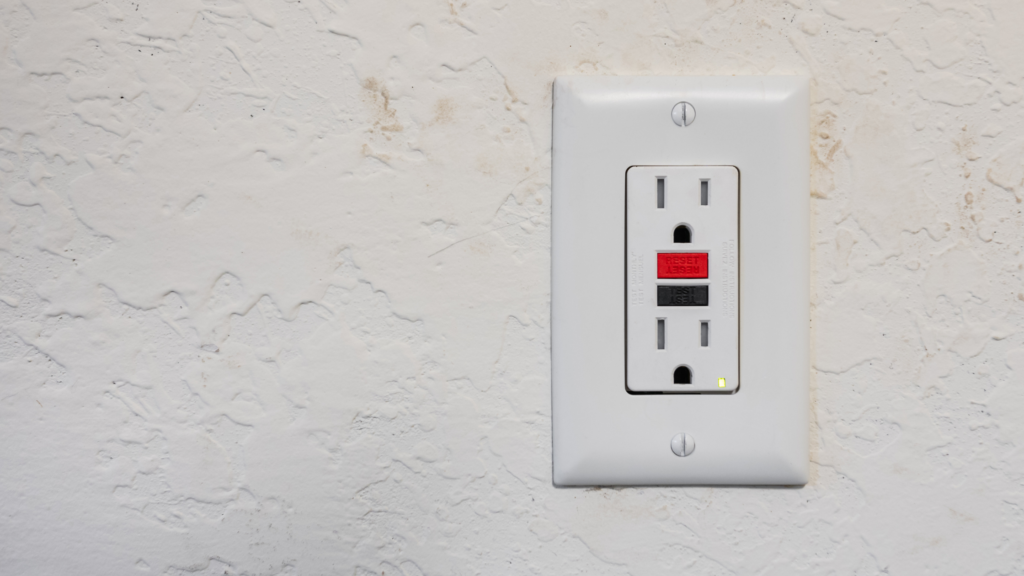If you’re making electrical repairs or upgrades around the home, the most important thing is to take the necessary precautions to prevent electrical shock. Here are a few ways to protect yourself and your loved ones.
- Turn off power
Begin by shutting off power to the circuit or device you’ll be working on. You’ll need to find the appropriate breaker in the breaker box and switch it off.
- Test for power
Make sure that the device or appliance that was powered by a particular outlet is completely off. Use a voltage tester to check the circuit wiring and any electrical contacts to make sure the power has been shut off.
If you’re working on a light switch, for example, touch the probe of a non-contact voltage tester to each switch terminal and electrical wire in the parts behind a light switch to make sure the power is off.
- Use insulated tools
An insulated tool has a minimal amount of exposed metal to prevent electrical shock or damage. Even if you’ve turned off the circuit and tested it for power, a tool may slip and make an accidental electrical connection.
When possible, use a nonconductive fiberglass ladder instead of a metal ladder when working on or near electrical wiring or equipment.
- Avoid touching capacitors
A capacitor holds an electric charge and is usually found in appliances and tools that use motors, such as refrigerators, freezers, air conditioners, garage door openers, and microwaves. They store electricity to help motors start up, but can deliver a deadly shock even when circuit power is off or the appliance is unplugged.
- Use GFCIs
If you need to make repairs with the electricity turned on, plug your tool, extension cord, or other equipment into a GFCI outlet. This type of outlet is designed to detect electrical faults and shut off power to prevent shock.
- Don’t connect or disconnect under load
“Under load” means a circuit is running and powering an appliance or device. Unplugging a device while it’s on may lead to an arc, in which electricity jumps across the gap from the outlet to the plug. Small devices and appliances without an On/Off switch can be unplugged while still on, but unplugging larger appliances like ranges, dryers, AC units, and electric heaters can lead to a dangerous arc.

